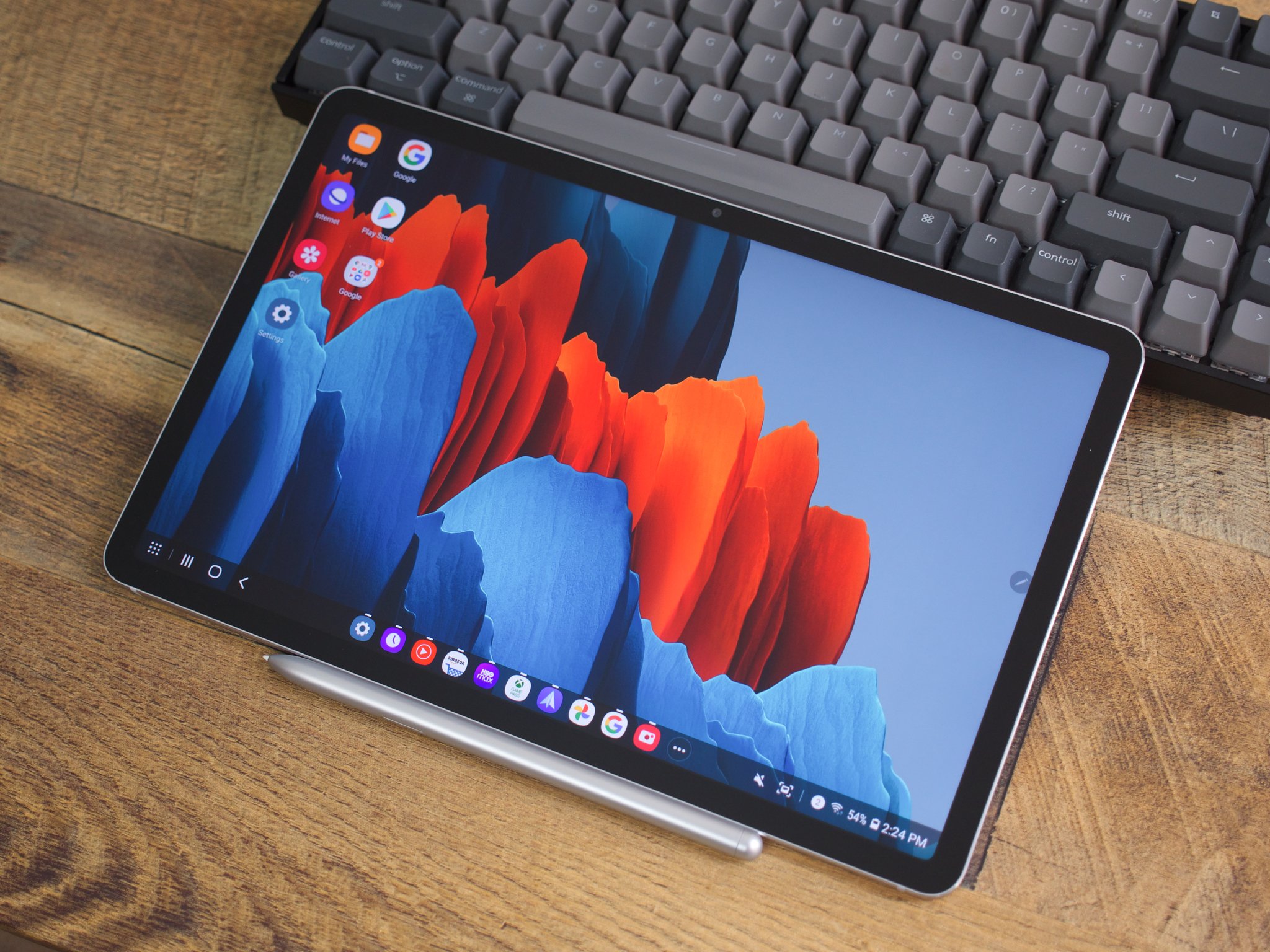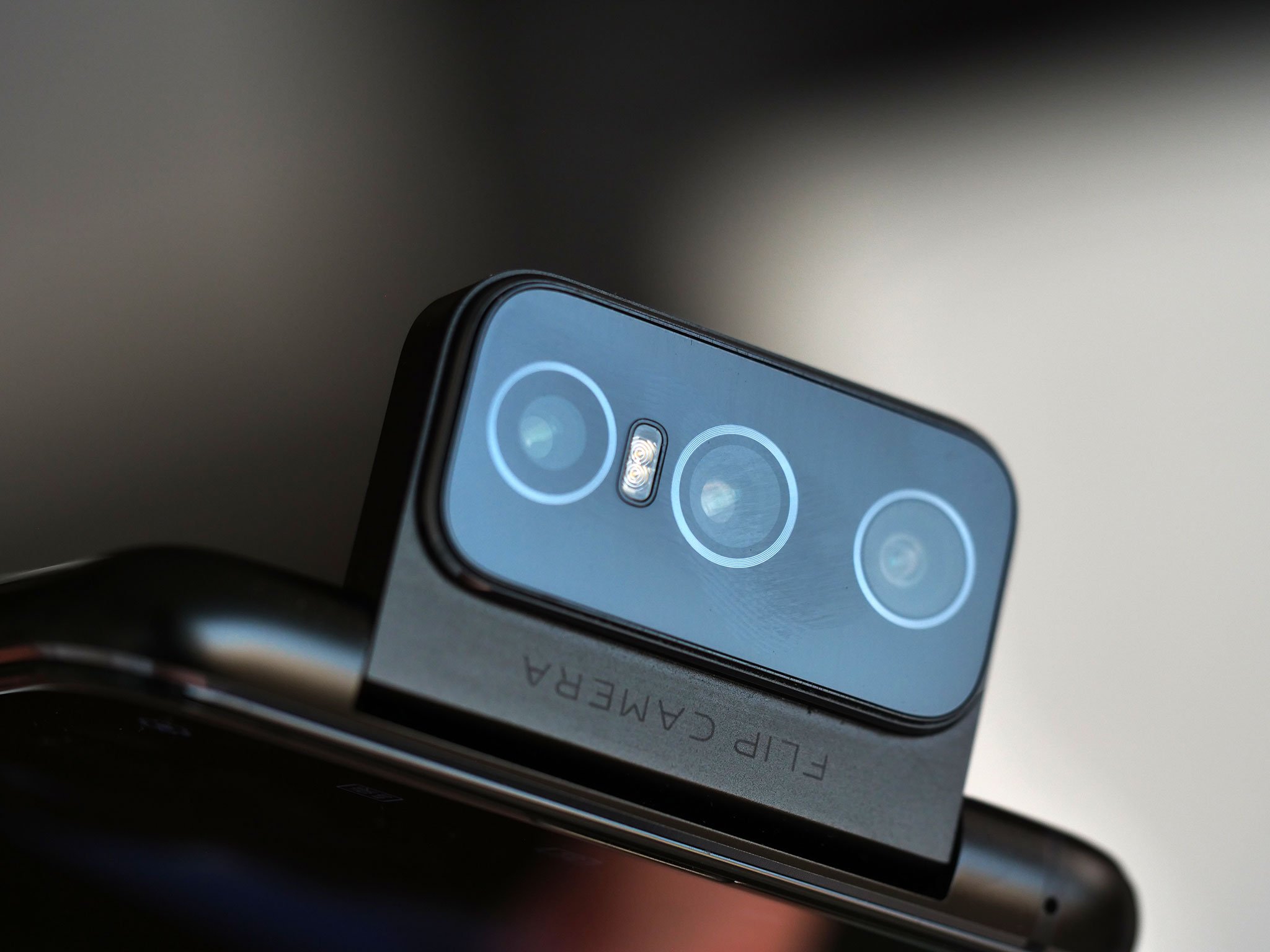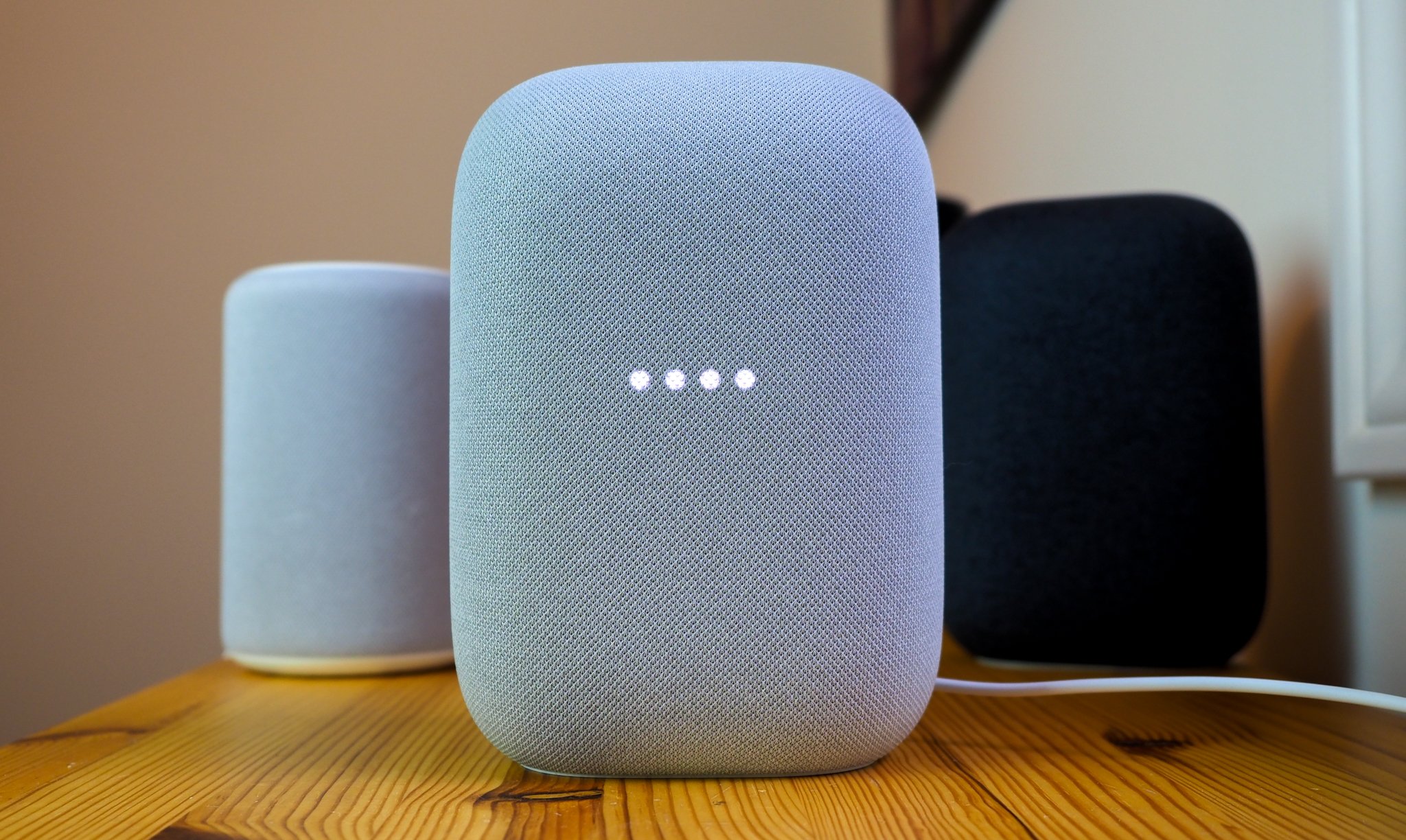Samsung needs stiffer competition in the flagship space - Android
LG, Motorola, HTC, Sony. These are the big hitters that have largely disappeared since the “heyday” of smartphone innovation. While there have been some one hit wonders like the Essential Phone or Razer Phone, no-one has stuck around long enough to be a real player. Fast forward to today, and you can take one look ...
The post Samsung needs stiffer competition in the flagship space first appeared on Phandroid.
LG, Motorola, HTC, Sony. These are the big hitters that have largely disappeared since the “heyday” of smartphone innovation. While there have been some one hit wonders like the Essential Phone or Razer Phone, no-one has stuck around long enough to be a real player. Fast forward to today, and you can take one look at the flagship Android space (in the U.S.) to notice there’s a rather large problem:
- Samsung
- OnePlus
These are the only two companies with enough staying power to be considered worthy. It would be just wrong to discount the Huawei or Xiaomi phones that were available in years past, but thanks to recent politics, neither of those companies can sell phones here in the States. And of course in Huawei’s case, it can’t even use Google’s Android anymore, instead, it’s relying on development of its own software with HarmonyOS. We’re still waiting to see what kind of influence Carl Pei’s Nothing could potentially have, especially after its acquisition of the remnants of Andy Rubin’s Essential. Samsung needs stiffer competition
Samsung IS Android, but is that good?

Samsung has been at the bleeding edge of innovation for the Android space. You could go so far as to say that Samsung IS Android, although Google is sticking around the smartphone game. Coming from someone who has both the Z Fold 2 and S21 Ultra, it’s easy to say that the “Galaxy effect” has gotten a bit long in the tooth.
I miss the days where you could walk into a big box store or your carrier store and see walls lined with flagship options. Flashing back to 2014, and we had the LG G3, HTC One M8, Moto X, Galaxy S5, Xperia Z3, and more. Today, we have the Galaxy S21, OnePlus 9 (presumably soon), and….

…that’s it.
There’s nothing wrong with having two options for Android (ignoring iOS here), but the more the merrier. Google has already moved down to the budget and mid-range market, Motorola’s biggest success comes from the Moto G line, Sony is largely irrelevant, and LG is looking to get out of the business.
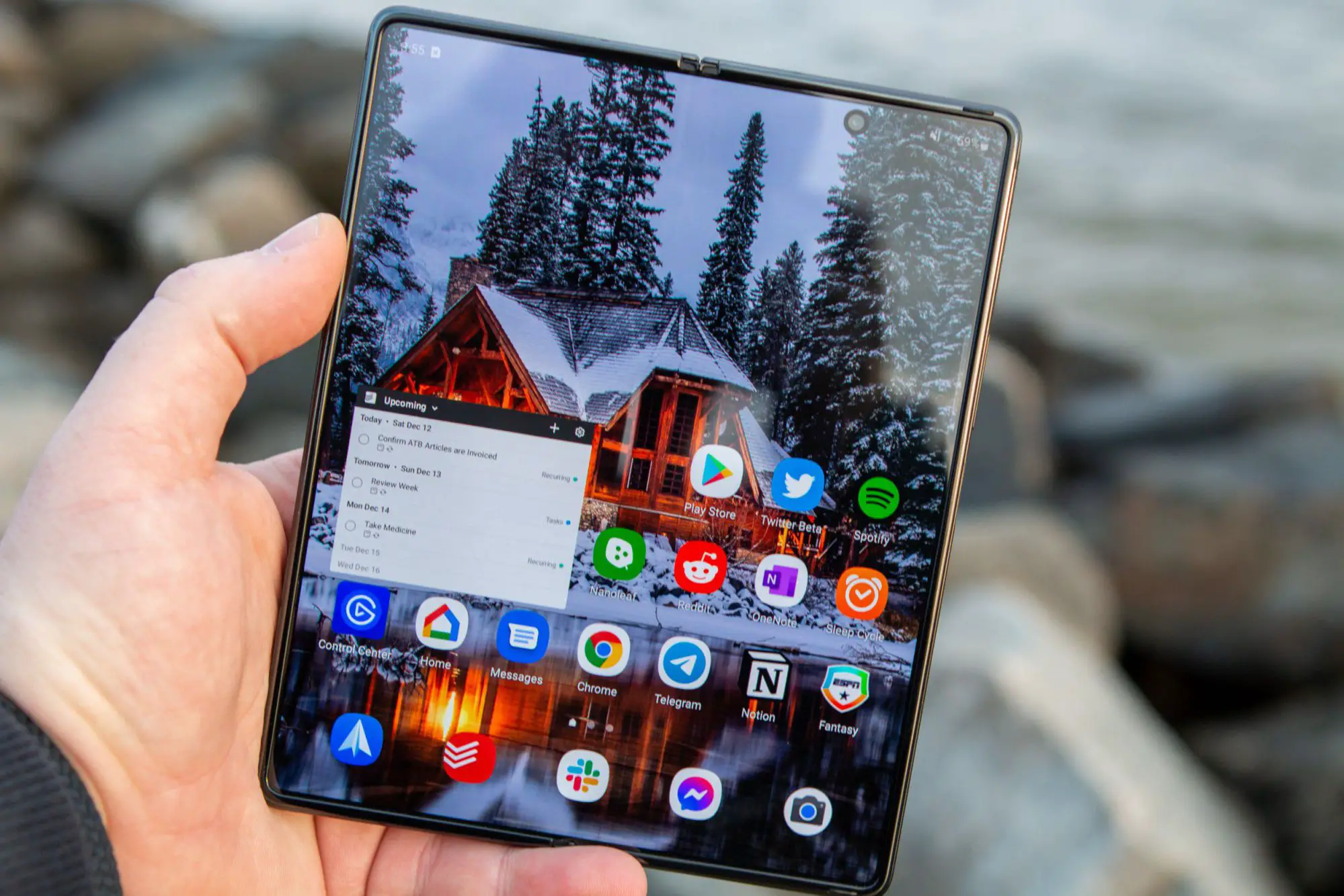
It’s even evident in the foldable market, with just the Z Fold 2 and Z Flip being the two best options. The Surface Duo is a niche device in an already niche market, and the Moto RAZR was nothing more than a failed experiment that had a lot of promise thanks to brand recognition, but Motorola failed horribly in execution. There are rumors that Google is working on a foldable phone, but we have no clue what that will even look at. LG took to CES 2021 to show us the Rollable, and we’ve seen similar options from TCL and others, but those feel more like concept devices and nothing that will actually make it to the market. Let alone the fact that LG could be
Samsung has created almost the perfect combination of hardware and software thanks to the move from TouchWiz to One UI. And Samsung’s hardware is only really rivaled by that of the iPhone here in the U.S. There’s a Galaxy device available for every price imaginable, and the S20 FE showed us that Samsung actually listens to its customers (save for some display QC issues).
As long as Google keeps the Pixel around, there will be something for the “purists” out there, and of course, there’s the vast world of rooting if you want to change up the software on your phone. But Google’s not in the flagship race at the moment, and
Samsung needs some competition
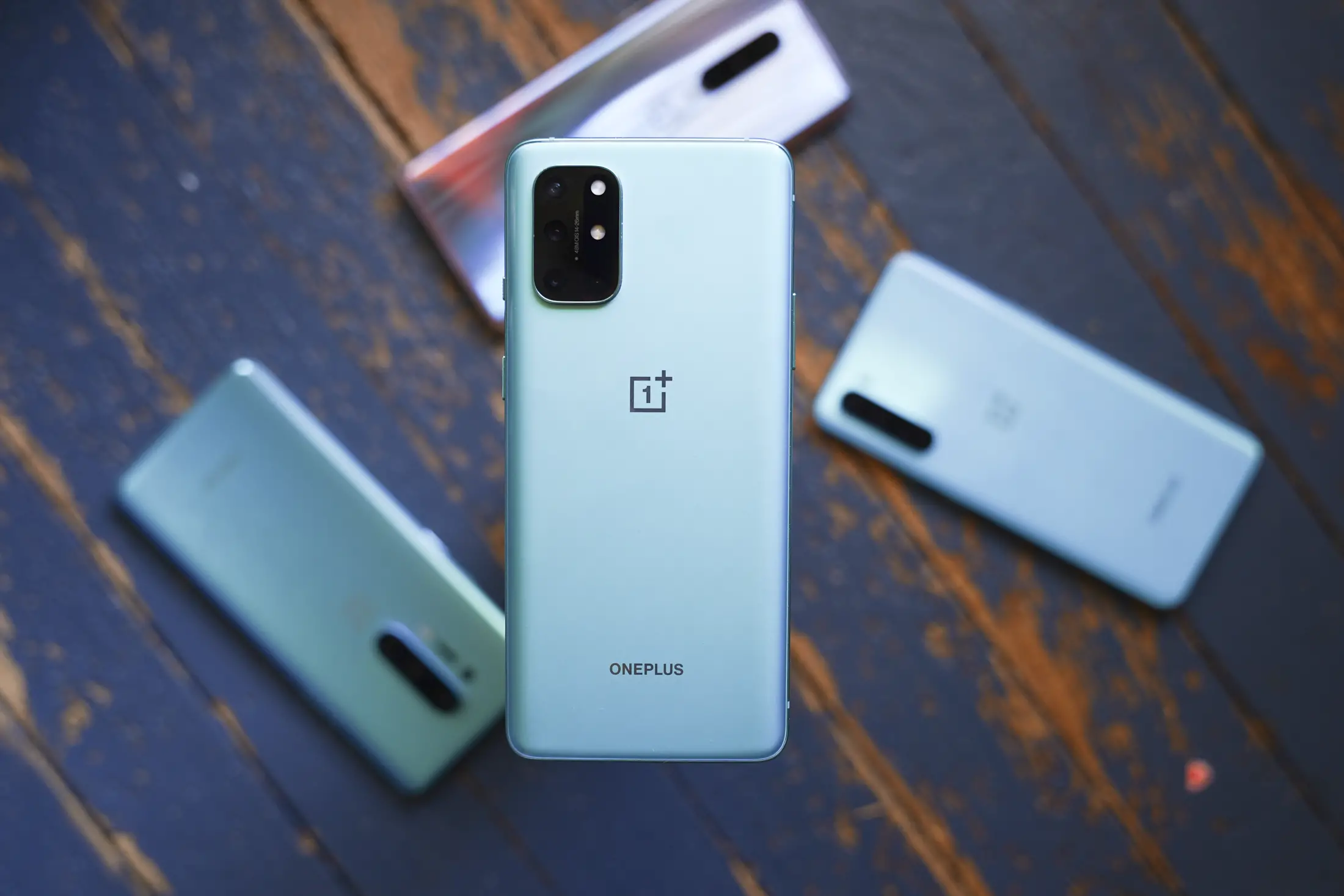
28/02/2021 05:00 PM
Microsoft hints at Surface Duo 2 with support for 5G
28/02/2021 05:25 PM
Jetpack Compose will breathe new life into tablet and big-screen apps
28/02/2021 11:00 AM
Why don't we see any more pop-up selfie cameras
28/02/2021 01:00 PM
Wyze Robot Vacuum review - Better than it has to be at this price
28/02/2021 03:00 PM
From the Editor's Desk - The Google Pixel 5a, explained
28/02/2021 05:00 PM
How to stop your Android phone from killing apps in the background
28/02/2021 03:00 PM
Review - 4 months later, the Nest Audio is still a smart speaker champ
28/02/2021 03:30 PM
- Comics
- HEALTH
- Libraries & Demo
- Sports Games
- Racing
- Cards & Casino
- Media & Video
- Photography
- Transportation
- Arcade & Action
- Brain & Puzzle
- Social
- Communication
- Casual
- Personalization
- Tools
- Medical
- Weather
- Shopping
- Health & Fitness
- Productivity
- Books & Reference
- Finance
- Entertainment
- Business
- Sports
- Music & Audio
- News & Magazines
- Education
- Lifestyle
- Travel & Local
2014 © US apps and news

